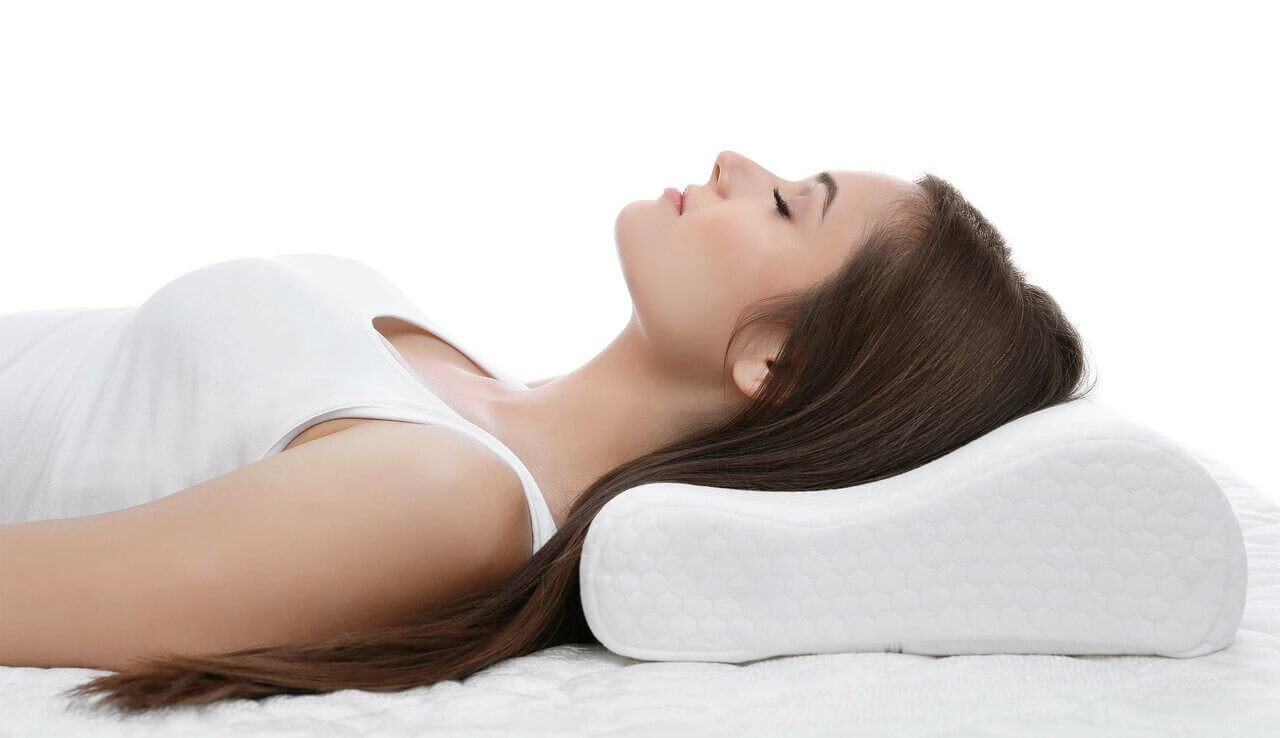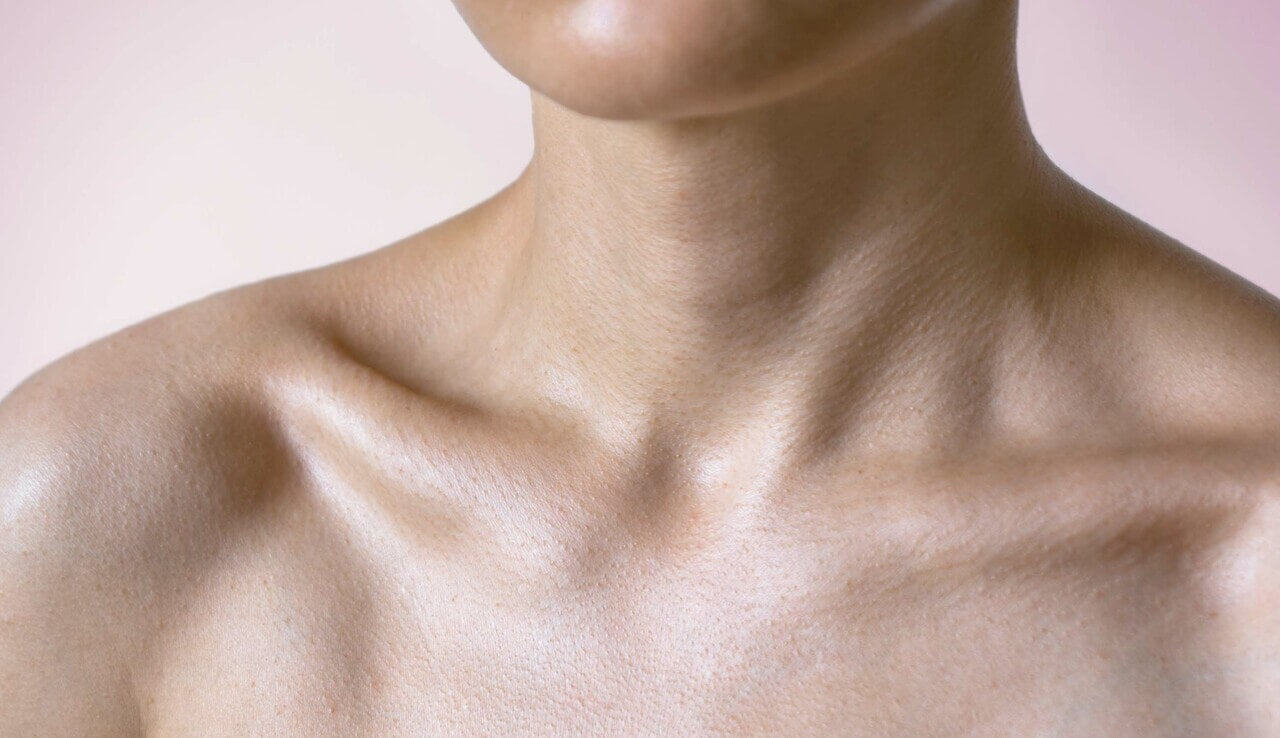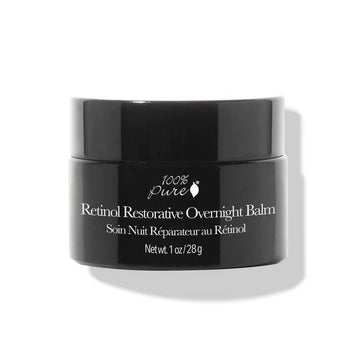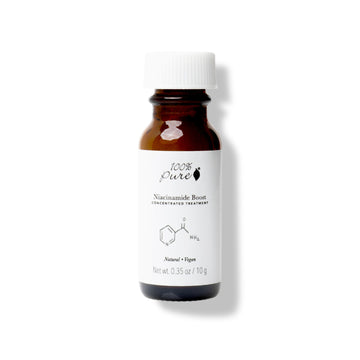Ways to reduce sleep wrinkles while you snooze
Written by: 100% PURE ®
We’ve all had mornings like this: you wake up, turn on your side, and scroll through your phone for a few minutes before getting up to brush your teeth. Once you’re in the bathroom, you see the creases on your face – a product of rolling around in your sleep the night before. Annoying, you might think. But you might also wonder: is this affecting my skin in the long run?
Recently, there’s been some concern that sleeping in certain sleeping positions can lead to wrinkles, often by pushing the face against the pillow and creasing the skin. And typically, these sleeping positions are a.) on your stomach, or b.) on your side.
It’s generally agreed that sleeping on your stomach may be the worst position for causing wrinkles, since this completely exposes your face to the surface of your pillow, leaving it vulnerable to creasing and pulling. And those who sleep on their stomachs may especially notice creases on their foreheads in the morning.
That being said, few individuals regularly sleep on their stomachs. More commonly, it’s going to be on their side. According to one British sleep study, 41% of individuals reported sleeping on their sides. And while some studies have indicated that sleeping positions on the side can be healthy for brain function, it’s not the best position for the skin.
When repeatedly pressed against the cloth of the pillow, sleeping on your side can potentially reinforce vertical expression wrinkles like frown lines and worry lines. However, it may be possible to sleep on your side while preventing wrinkles. More on this later!
To put it simply, the best way to avoid sleep wrinkles is by keeping your face off your pillow. In other words, the best sleeping position is usually on your back.
With the back of your head to the pillow, keeping your skin off the pillow can help prevent not only wrinkles, but it can even help prevent exposure to bacteria. That can help prevent acne in the long run. Plus, sleeping on your back can allow fluid in your face to drain more efficiently, which can help prevent puffy eyes.
Now, you may have already known all of this information, but if you’re a natural side-sleeper, comfortably sleeping on your back can be a serious challenge. Luckily, there are ways to make it more comfortable. Having the right pillow is one of the best ways to go.
You can find a wide variety of contoured and self-adjusting pillows online. They’re all designed to help keep the neck supported and comfortable, while your face stays clear of the pillow’s surface. And while some can get a bit expensive, there are price options available for every budget, from $12 to $150.

Newsletter Subscribe
for more blog updates and exclusive discounts
Of course, we know that sleeping positions aren’t the only cause of wrinkles. So, what else makes a difference in sleep wrinkles? For one, the air quality in your sleeping space. When we humans live in a dry environment, it’s going to dehydrate our skin. And sleeping in a dry environment every night can start to take a toll on it.
If you’ve noticed that the air in your bedroom is on the drier side, investing in a humidifier can have a huge improvement on both your skin and your body.
Your pillowcase can make a difference, as well. We’ve talked about how skin creasing against the pillow can cause wrinkles. However, this is more likely to happen when your pillow’s covered in a fabric that grips and creates friction. With that in mind, the trick is to choose a pillowcase that slips and glides on the skin, rather than grips. That can minimize creasing on the skin in the long run.
If you’re not interested in sleeping on a silk pillowcase, try using a silk or satin sleep mask instead. Not only do sleep masks help keep the lights out for better sleep, but they also help protect the skin around your eyes from the fabric of your pillowcase.
Finally, a skin care routine (or lack thereof) is going to make a huge difference in your skin at night. When you rest, your skin goes into recovery mode as it repairs any free radical damage or pollution from the day. When you’re practicing good skin care, it’s going to act as a support system for your skin.
So, what does a good nighttime skin care routine look like? In the evening, a good quality cleanser and moisturizer are the two most important steps. There are also additional treatments available that can give your skin care a serious power boost. Some of the best ingredients for nighttime skin care include retinol, peptides, green tea extract, and niacinamide.
- Tags: Healthy Living, November-2021, Skin Care
We carefully hand-select products based on strict purity standards, and only recommend products we feel meet this criteria. 100% PURE™ may earn a small commission for products purchased through affiliate links.
The information in this article is for educational use, and not intended to substitute professional medical advice, diagnosis, or treatment and should not be used as such.





